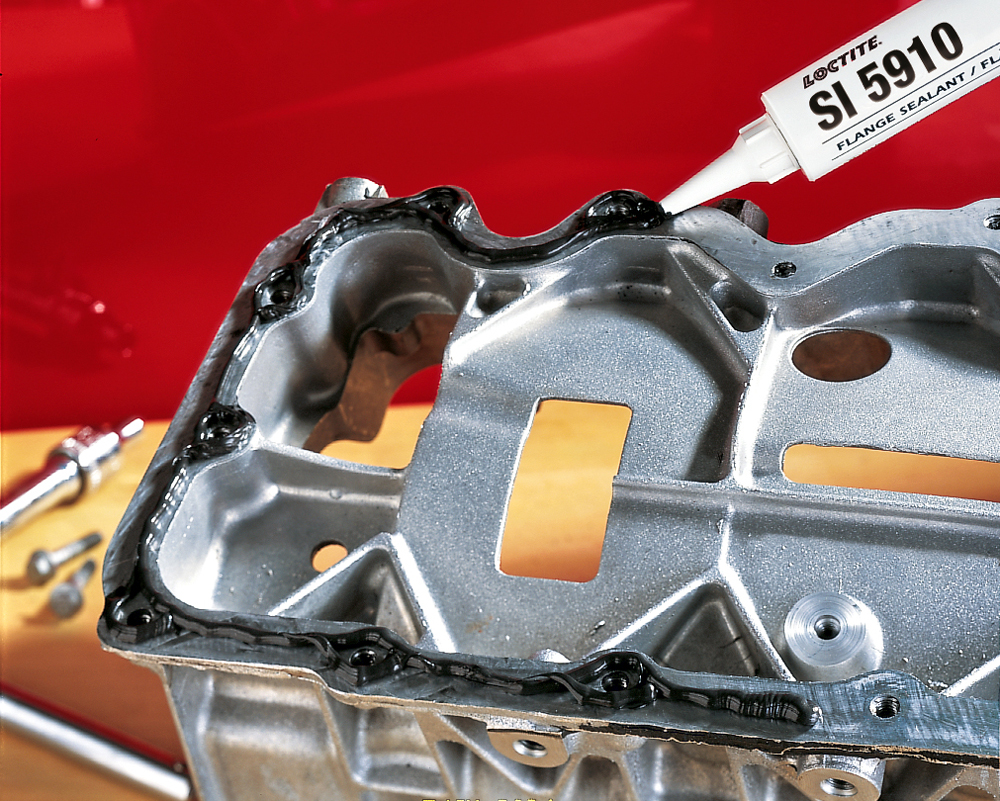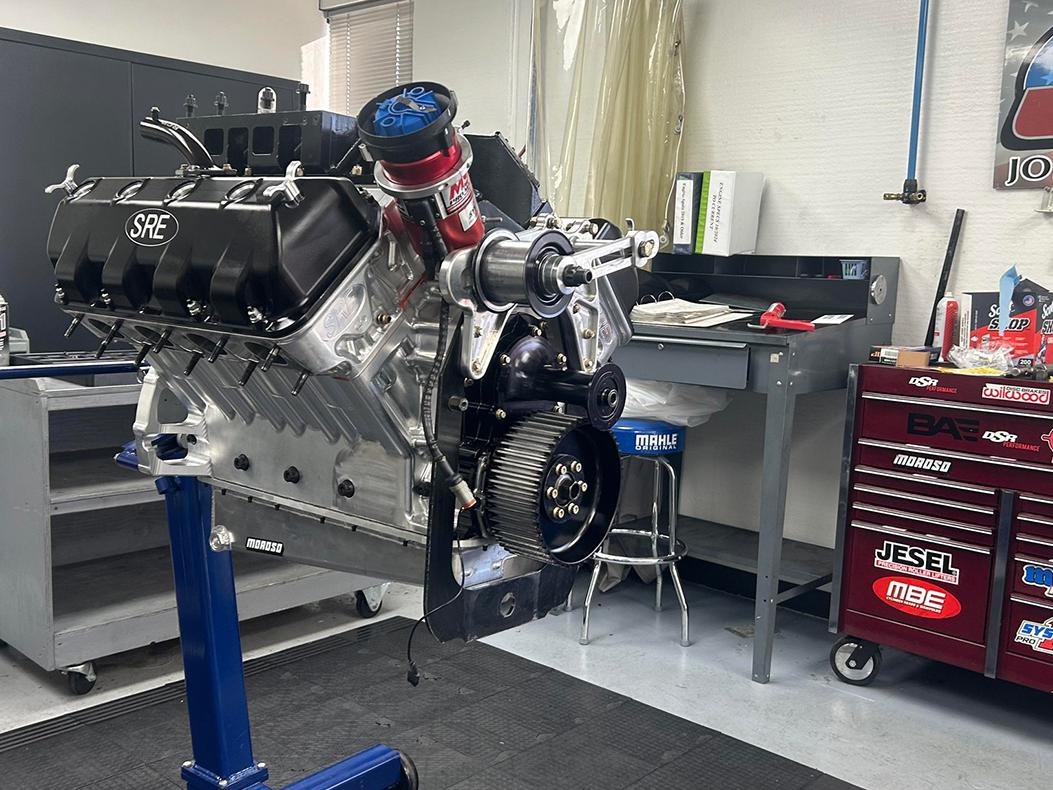Stop Doing That…Do This Instead: Sealant Choice
When choosing the right sealant, there’s a significant difference between the needs of a street car and a race car, said Eric Seibold of Permatex. “With a street car, you’re sealing components with the expectation of never touching them again. But racers are in and out of those components much more often. That should change the product selection.”
Advanced formulations can provide long-lasting seals and make servicing easier, but the appropriate tool must be selected for the job.
The difference between one sealant and another may seem relatively inconsequential at first glance, but the end results can have a substantial impact on a race program. Most obvious are the hassles that leaks can cause while going through tech inspection, or the potential problems that seal failures can cause out on track. But it’s also important to consider that sealant design has evolved significantly over time. These improvements have not only yielded products that are more use-case-specific, but they’ve also kept these formulas in line with the evolutionary changes seen in the components that they’re being used with. As a result, specificity has taken on greater importance.
“One thing we often see is that people find something they like, and they want to stick with it forever,” said Rene Levy of Henkel Canada Corp., Mississauga, Ontario, Canada, which makes the Loctite brand. “‘I’ve used this sealant for 20 years, and it’s always worked great. So why should I change?’ But the issue is that, while that may have worked fine on the engine that they were using it on back in the day, the materials in today’s components are vastly different than they were in the past. If you’re not keeping up with technology, you’re introducing a greater potential for failures.”
As Eric Seibold of Permatex in Solon, Ohio, explained, a heedless approach can also make things harder than they need to be. “One of the significant differences between a street car application and a racing application is that, with a street car, you’re usually sealing up two components with the expectation of never touching it again. You want to do the job once and be done with it. But generally speaking, racers are in and out of those components much more often. That should change the product selection.”

Seibold told us that if components involve a separate gasket, a gasket sealant should be used, not an RTV silicone product. “It’s one of the biggest mistakes we see people make. There’s a difference between a gasket sealant and a gasket maker. For a racing application, you’d want to use a non-hardening gasket sealant because it acts almost like Velcro—it holds the gasket in place and seals well, but when you want to remove it in the future, it can be easily peeled off. If you use RTV silicone, you likely won’t be able to use that gasket again, and that can get expensive if you’re opening up that engine every week.”
Choosing the wrong product can increase the likelihood of a leak as well. “RTV silicones are extremely thick, so if you don’t apply them evenly, you could introduce high and low points on the gasket,” Seibold added. “Gasket sealants are much thinner, and they’re designed to spread much more evenly. In some cases, they’re even self-leveling.”
Beyond serviceability and seal quality, Levy said that it’s important to consider the operating temperature range of the components that the product is going to be used on. “Every product has a heat range that it’s designed to work within, and you have to make sure you’re operating within that window. In terms of heat, there are products that will work fine on valve covers or oil pans, for example. But you’d want to use a different product for an exhaust flange because the operating temperatures that it’s going to see are going to be much higher.”
Seibold noted that with silicone products, there are essentially three universally color-coded types of products: black, grey, and red. “Black silicones are stretchy and flexible, and they’re designed to be used primarily where you have dissimilar materials—like if you have a steel pan mating with an aluminum block, for instance. Those two materials have different expansion and contraction rates, so you want that flexibility in the silicone. The black silicones also have the highest oil resistance, so that also makes them ideal for components like oil pans and valve covers.”
Grey silicones, on the other hand, are very rigid and are designed to hold components of the same type of material as securely as possible. “Those are made for places that will see a lot of vibration, but you really want the silicone to hold in place,” Seibold continued. “These also have the highest resistance to coolants, so it’s good for things like water pumps and thermostats. But if you use a very rigid silicone in an area where you actually need flexibility because the parts are moving around a bit, it’s going to try to hold them in place, and that can cause cracks in the silicone, which can potentially introduce a leak. So you have to really consider where you’re using it.”
Red silicone is used in high-temperature applications. “It’s not only sustained high-temperature, it’s also what I’d call ‘thermal cycling,’” he said. “A turbo, for instance, isn’t hot all of the time—it has bursts of heat. The red silicones are designed to expand and contract at the rate required to handle those big temperature fluctuations.”
How the product is applied, and how the components are fastened back together, can impact the end result, Levy emphasized. “When it comes to surface preparation, cleaner is better, but we’re not looking for perfection. Our products will tolerate some surface contaminants, within reason, so I generally tell people to just do the best that they can. In terms of fastening the components back together, use the OEM-recommended torque values where you can. That engineering is done for a reason.”
Sources
Loctite
henkel-adhesives.com
Permatex
permatex.com
 MEMBERSHIP LOGIN
MEMBERSHIP LOGIN JOIN PRI
JOIN PRI


